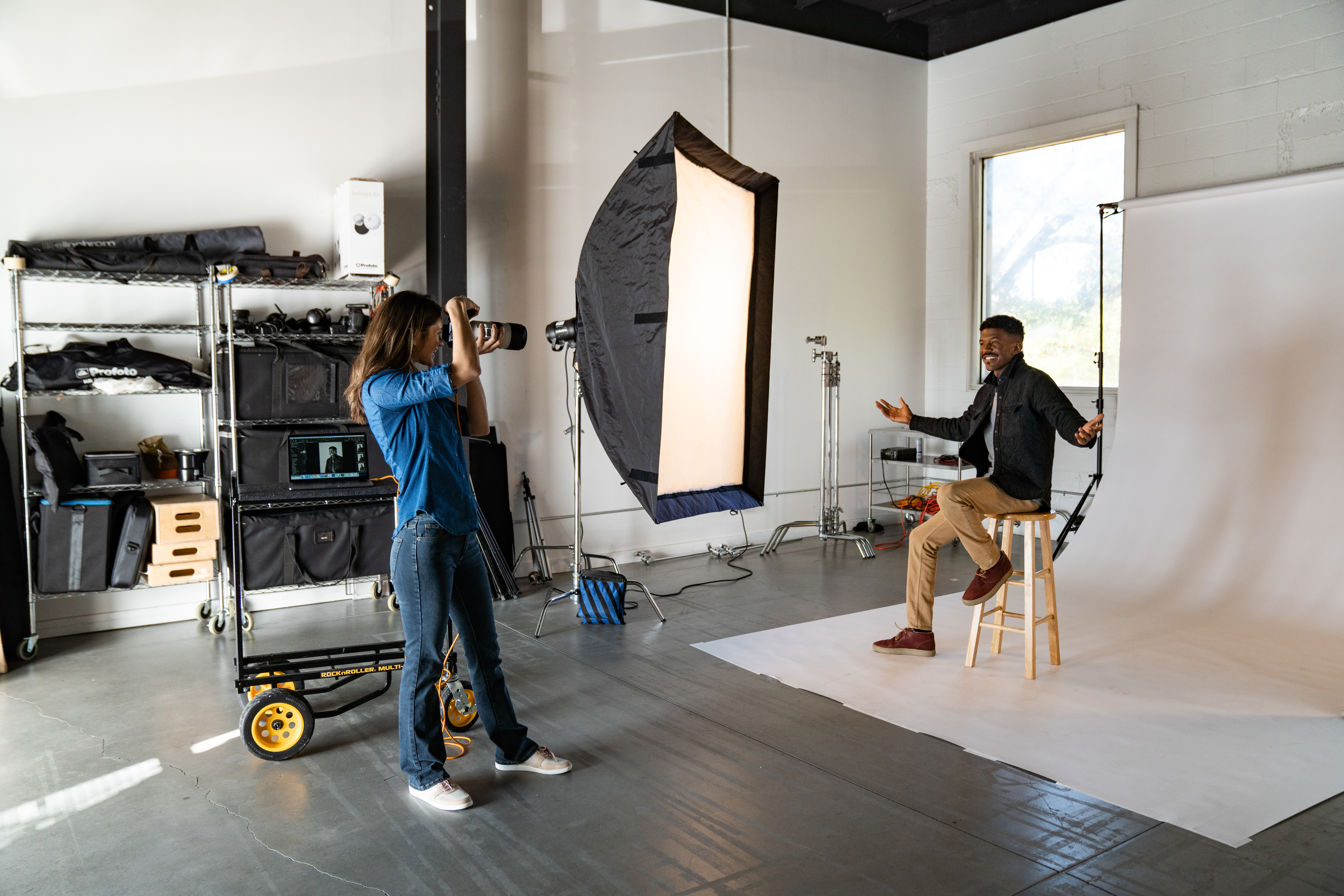Invoicing is an essential part of running a successful freelance photography business. It’s not just about getting paid for your work, but also about providing your clients with a clear and professional record of the services you’ve provided.
In this article, we’ll walk you through the key things you need to consider when creating, managing and sending invoices as a freelance photographer. We’ll also show you how Dropbox can help you streamline your invoicing process and get paid faster.
What to include on an invoice for photography work
To create professional invoices for photography services, your invoices should include the following essential information:
- Your business details: your name, address and contact information
- Client details: the client’s name, address and contact information
- Invoice number and date: a unique number for record-keeping and the date the invoice was sent
- Description of services: clearly outline the photography services rendered
- Your hourly or project-based rate: the baseline cost for hiring your services on an hourly basis, or the cost per project
- Itemised costs: a breakdown of costs for each service or product with a subtotal for each line item
- Total amount due: the sum of all costs, including sales taxes
- Payment terms: specify due date and acceptable payment methods, such as online payment, debit or credit card
- Late payment fees: if applicable, clearly state consequences for overdue payments
- Terms and conditions: outline any additional agreements or policies

Depending on the length of your invoice, you may also want to include additional details, such as:
- Coverage details (for wedding or event photography)
- Travel expenses, if applicable
- Photo album and print options (for a photoshoot, or portrait or wedding photography)
- Session duration (for portrait photography)
- Location preferences, fees or travel costs if applicable
- Event duration (for event photography)
- Delivery timeline (for time-sensitive events)
- Usage rights (for commercial or product photography)
- Product licensing, if applicable
- Additional editing services (such as retouching or post-production work)
- Number of properties covered (for property photography)
- Delivery format (such as digital or print)
- Group size (for family or group photography)
- Print options (for family photography)
Remember, photography invoices can vary depending on the specific job. But with Dropbox, you can easily amend your invoices as editable PDFs that can be customised and shared directly from your Dropbox account.
How do I make my photography invoice look professional?
When creating any written communication – not just invoices, but also emails and letters – it’s important to use a clear and concise font that’s easy to read. Additionally, it’s best to avoid using jargon or technical language that may be confusing to the client. These factors ensure that your message is easily understood by the recipient.
You should also maintain a polite and professional tone in all of your invoices. This helps to establish a positive relationship with the client and reflects well on your business. Remember to always include your contact information, such as your phone number and email address, so that the client can easily reach out to you if they have any questions or concerns.
When sending invoices to clients, it’s crucial to set out your payment details clearly. This includes specifying the due date for payment, any late fees that may apply and the accepted methods of payment. Itemising the costs on the invoice also makes it easier for clients to see exactly what they’re being charged for.

How to manage photography invoices with Dropbox
If you’re not using invoicing software, but rather creating invoices manually as documents, Dropbox can be a helpful way to store, organise and share your invoices.
Dropbox allows you to create new invoices as Microsoft Word documents or Google Docs, or you can upload your photography invoice template as a PDF that you can edit in Dropbox.
By uploading your invoices to your Dropbox account, you can easily access them from any device with an internet connection. The files will automatically sync across all your devices, ensuring that you always have the most up-to-date information at your fingertips. You can then easily share your invoices directly from your Dropbox account in just a few clicks.
For more advanced file sending features, Dropbox offers a feature called Send and track. This allows you to send your invoices with additional tracking capabilities, such as engagement tracking to see when recipients have viewed or interacted with your invoice. This can be helpful for monitoring the progress of invoices, ensuring timely payments and keeping track of important financial transactions.
Photography invoicing made easy
Creating high-quality, accurate and efficient invoices is essential for any professional photographer. With Dropbox, you can streamline your invoicing process and get paid faster.
Using Dropbox to edit, share and manage your invoices means you’ll also have access to other Dropbox features that help you run your small business more efficiently. These include:
- Secure file sharing: Share your photos and invoices with clients securely and easily
- File organisation: Keep your photos and invoices organised with folders and tags
- Collaboration tools: Collaborate with clients on projects and get feedback in real time
- Mobile access: Access your files and invoices from anywhere, on any device
With Dropbox, you’ll get access to all of these features and more. See how Dropbox can help you simplify your photography business today.
